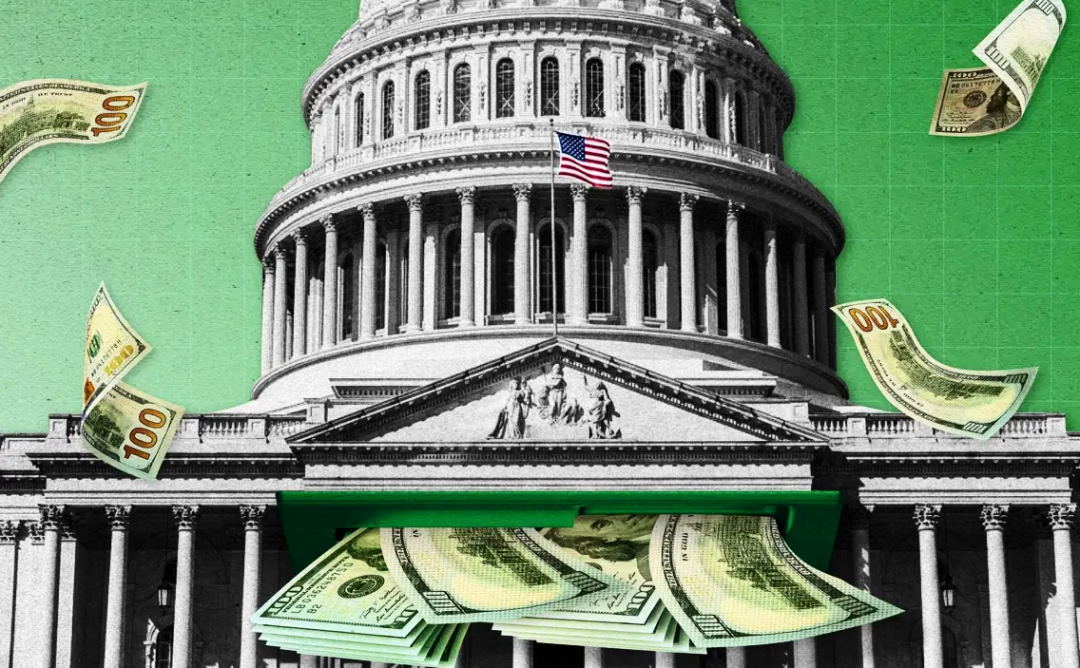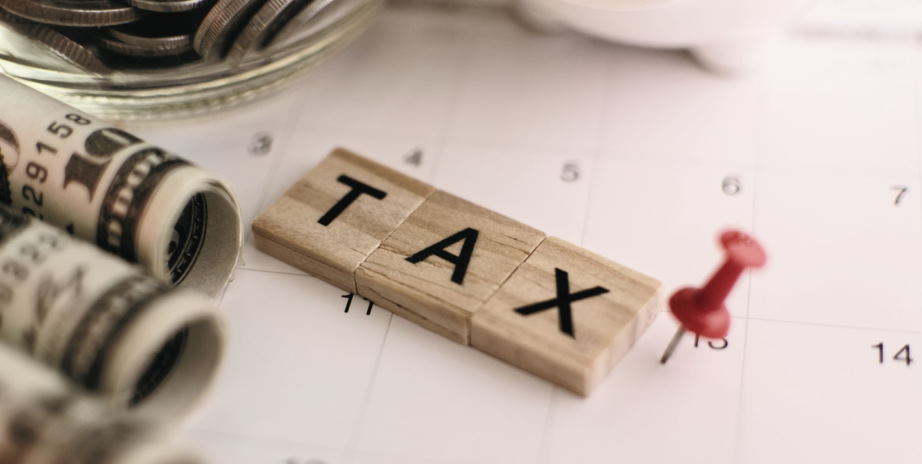
State governments across the United States are searching for ways to earn revenue and increase their bottom line. For example, many states are looking at legalizing gambling and casinos to bring in additional income. However, other options available to state governments can also help boost revenue. One option is to implement a sales tax on tourist items such as souvenirs, hotels, rental cars, and restaurant meals. Another option is to raise taxes on cigarettes and alcohol. By implementing one or more of these options, state governments can generate much-needed revenue without burdening taxpayers. So what is the best way for state governments to generate revenue? Share your thoughts in the comments below!
Ways to generate revenue for state governments
- Taxes
The most obvious way for a state government to earn revenue is through taxes. State governments collect taxes on various items, including income, gas, tobacco, and alcohol. States also collect property taxes. The amount of revenue that a state collects through taxes varies depending on the tax rate and the size of the tax base.
- User Fees
Another way for state governments to earn revenue is through user fees. User fees are charges that states impose for services they provide, such as driver’s and hunting licenses. In some cases, user fees can be very costly, such as when they are imposed on businesses for the right to operate in a particular state.

- Lotteries
Lotteries are another way for state governments to earn revenue. Lotteries are games of chance that offer prizes to the winners. The sale of lottery tickets typically funds the prize money. Most states use the revenue from lotteries to fund education or other public services.
- Gambling
Gambling is another way for state governments to earn revenue. States legalize gambling activities, such as casinos, horse racing, and sports betting, and then collect taxes on the proceeds. The amount of revenue that states collect from gambling varies depending on the types of gambling activities that are legal in the state and the tax rates that are imposed.
- Grants
Grants are another source of revenue for state governments. Grants are funds given to states by the federal government or private organizations. Grants can be used for various purposes, such as funding education or health care.
- Public-Private Partnerships
Public-private partnerships (PPPs) are another way for state governments to earn revenue. In a PPP, a state government partners with a private company to provide a service or develop a project. The private company typically invests money in the project and is responsible for its management and operations. The state government typically provides oversight and regulatory authority. PPPs can fund a wide range of projects, such as infrastructure development, environmental protection, and economic development.
- Asset Sales
Asset sales are another way for state governments to earn revenue. In an asset sale, a state government sells assets, such as land, buildings, or equipment, to a private company. The proceeds from the sale are typically used to fund public services or other government initiatives.
- Tolls
Tolls are another way for state governments to earn revenue. Tolls are charges that states impose for using highways, bridges, and tunnels. Tolls are usually collected electronically through transponders or at toll booths. The amount of revenue that states collect from tolls varies depending on the number of toll roads and the fee structure.
- Fines and Penalties
Fines and penalties are another sources of revenue for state governments. States collect fines for various offenses, including traffic violations, environmental violations, and white-collar crimes. Penalties are also imposed for late payment of taxes or other government debts. The amount of revenue that states collect from fines and penalties varies depending on the types of offenses that are penalized and the amount of the fines.
- Licenses and Permits
Licenses and permits are other sources of revenue for state governments. States issue licenses to individuals and businesses for activities such as driving, hunting, fishing, and operating a business. States also issue permits for construction, land development, and event planning. The fees for licenses and permits vary depending on the type of activity being licensed or permitted.

Maximizing state and local revenues: tax collection strategies that work
Tax collectors need to be strategic in their approach as the first step in maximizing state and local revenues. Several key strategies are effective in collecting taxes:
- Focusing on high-value taxpayers: Tax collectors should focus on going after those who owe the most money. This includes both businesses and individuals who owe large amounts of taxes. By targeting these high-value taxpayers, tax collectors can maximize their chances of recovering substantial revenue.
- Pursuing multiple channels: In addition to pursuing high-value taxpayers, tax collectors should also pursue multiple channels for collecting taxes. This means using various methods to collect taxes, including online payment portals, in-person payment, and even third-party collection agencies. Using multiple channels, tax collectors can increase their chances of collecting taxes from those who owe them.
- Offering payment plans: Another effective strategy for collecting taxes is to offer payment plans. This allows taxpayers who owe a large amount of taxes to pay off their debt over time rather than all at once. This can make it easier for taxpayers to pay their taxes and give tax collectors more time to collect the money owed.
- Utilizing technology: Technology can be a powerful tool for tax collectors. By using software that automates the tax collection process, tax collectors can save time and resources. Additionally, by using data analytics, tax collectors can better target those taxpayers who are most likely to pay their taxes.
By utilizing these strategies, tax collectors can maximize state and local revenues.

